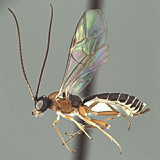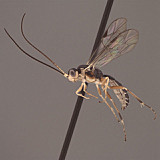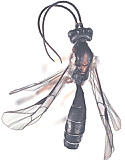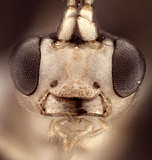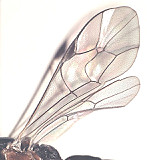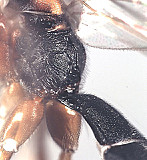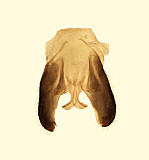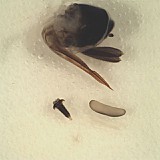Symphobus Foerster, 1869: 199. Type species: Tryphon pleuralis Cresson, 1864. Subsequent inclusion by Davis (1897): 323 (monobasic). Synonymized by Townes (1939).
Oetophorus Förster, 1869
The work by Davis bears the publication date of 1897 and is often cited as such. Perkins (1962) indicates that the second part of this publication, including the nomenclatural work cited above was published in 1898.
Prior to the work of Barron (1997, 1998), Oetophorus was generally placed near Perilissus and readily separated from Trematopygodes on the basis of hind wing venation. Species of Oetophorus described by Barron (especially Barron 1997) narrow the gap between Oetophorus and Trematopygodes and I regard the two as sister-groups primarily on the basis of the clypeal morphology and the shape and sculpture of T1.
There are no specimens currently determined for this OTU, or those specimens determined for this OTU are not yet mappable.
This material is based upon work supported by the National Science Foundation under Grant Number DEB 0328922 with REU supplements DEB 0723663 and number 1026618.
Any opinions, findings, and conclusions or recommendations expressed in this material are those of the author(s) and do not necessarily reflect the views of the National Science Foundation.


